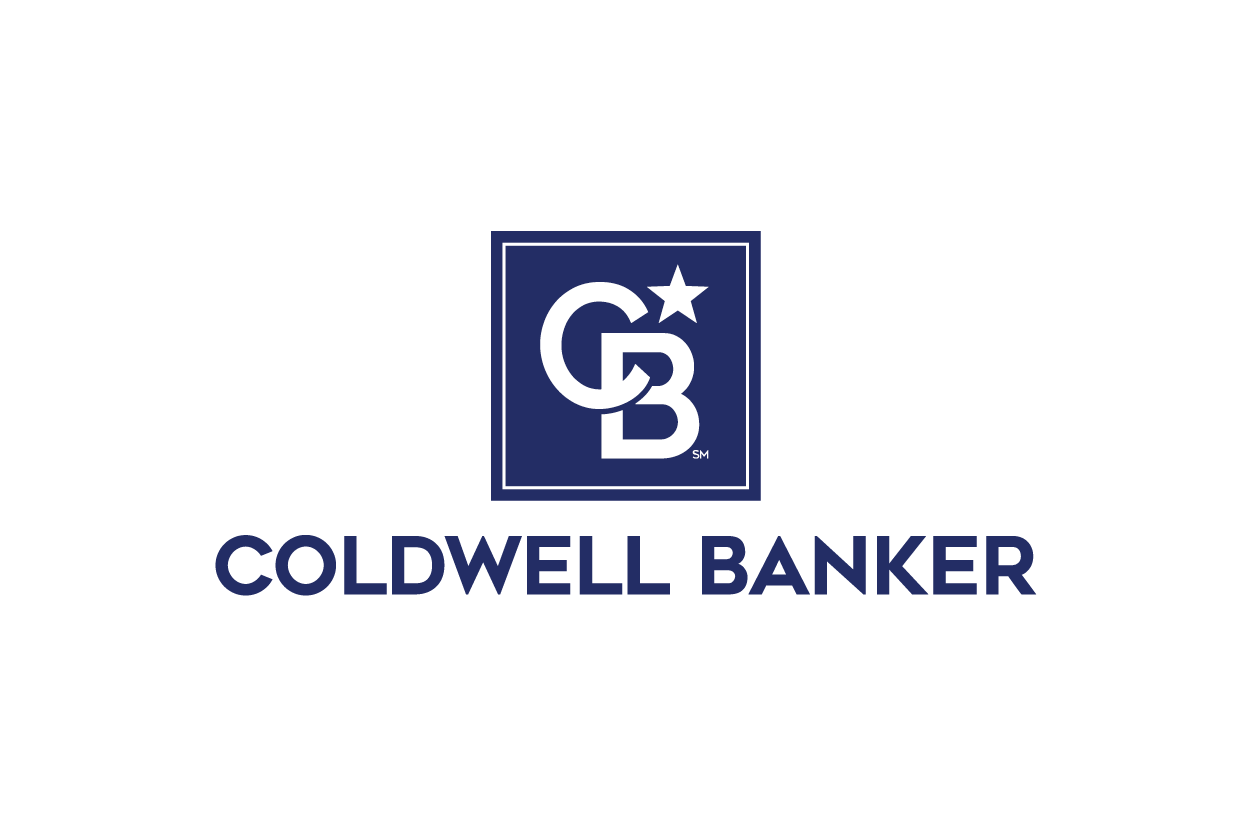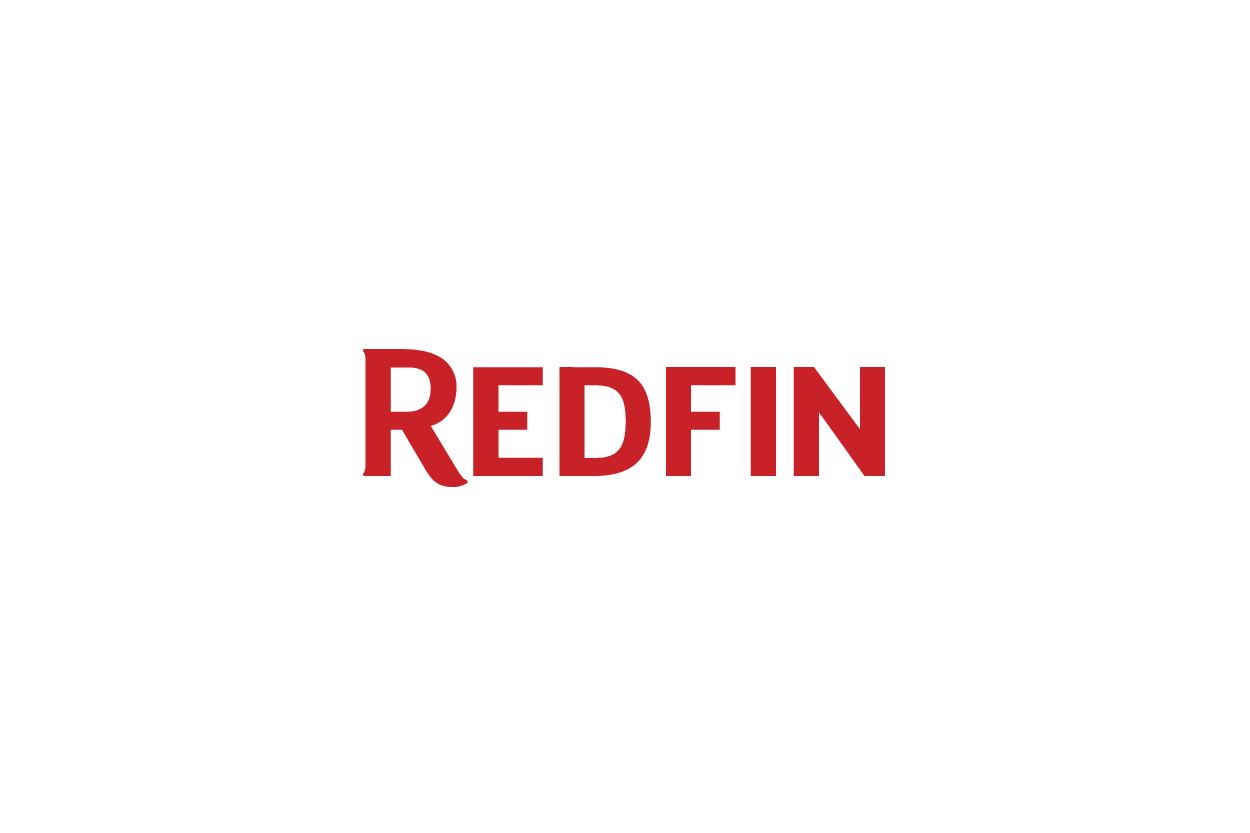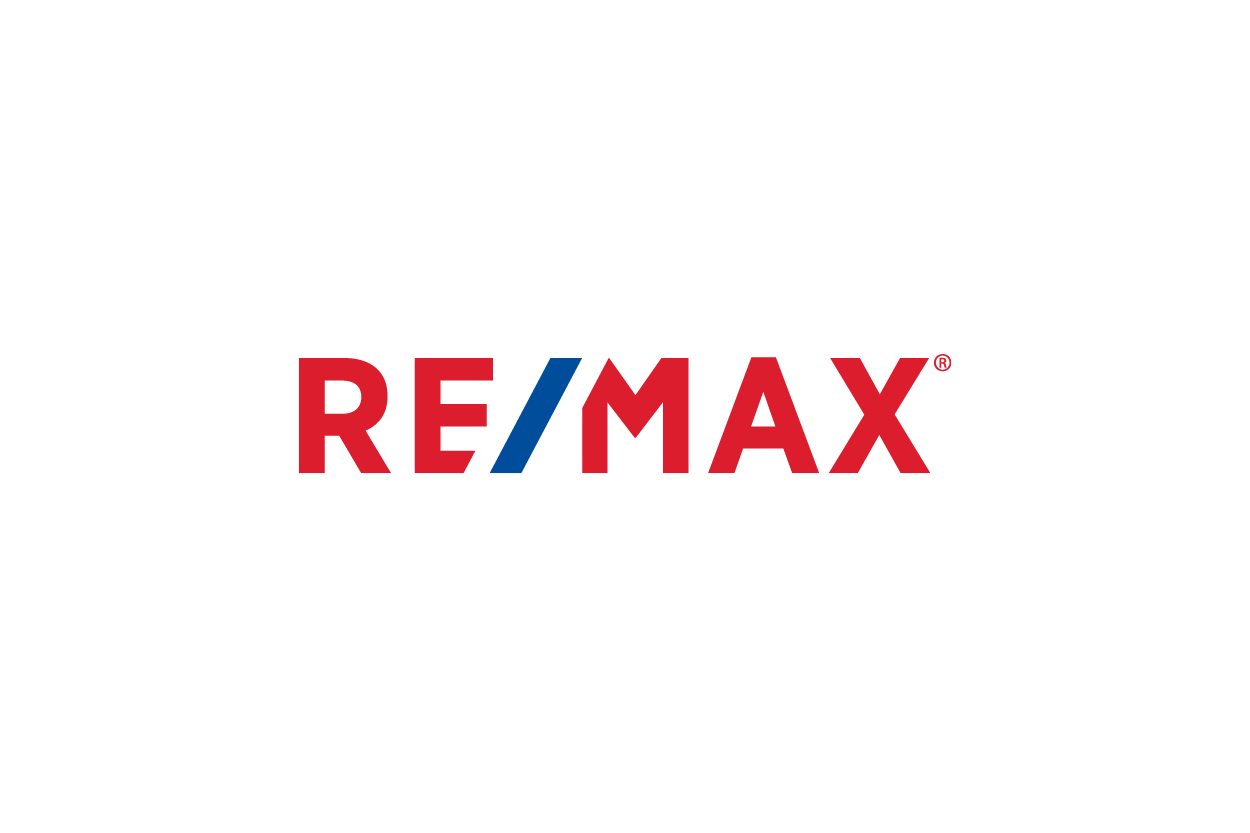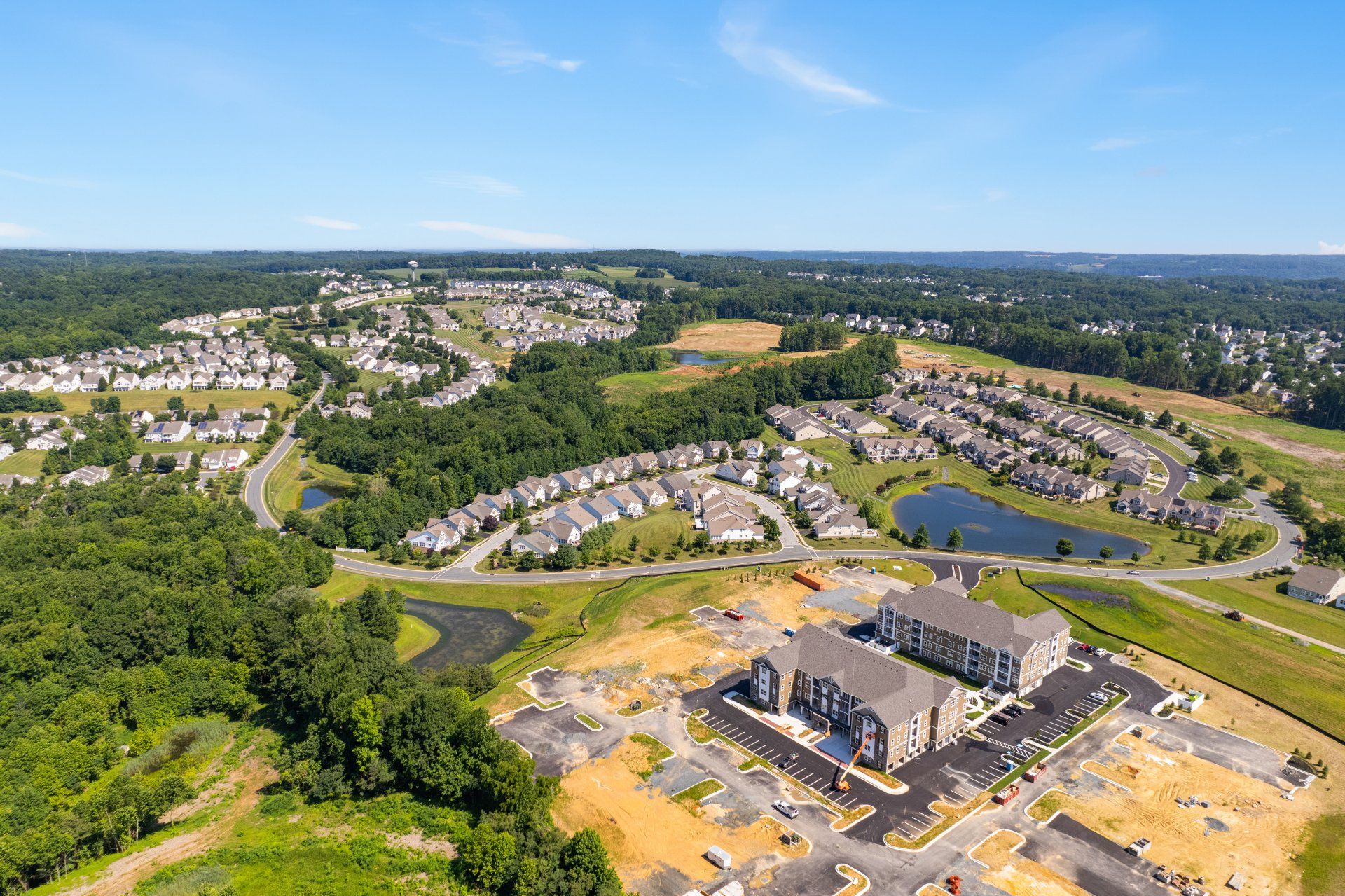Meet Victor Coll, a seasoned expert in the art of in-bound content marketing. With a proven track record in crafting winning content strategies, Victor excels in attracting and engaging audiences organically. His proficiency extends to optimizing content for maximum impact, resulting in increased brand visibility and audience retention. Victor's dedication to the art of in-bound content marketing has helped businesses achieve remarkable growth. Join him as he shares invaluable insights and strategies to empower your content marketing efforts and drive meaningful connections with your target audience.
How to Use QR Codes for Real Estate Marketing
WHY PAY MORE?
Updated: May 18th, 2020
Since the early days of the automobile, people have had the opportunity to call a cab or share a ride. But not until mobile phone technology made it possible was Uber an option. Or Lyft an idea. Although QR codes have been around for twenty-five years, only in the last decade has their use been targeted as a marketing asset.
Short for “Quick Response codes” because they can be read quickly by a smartphone, these square black and white barcodes store information that connects a mobile device to a website or landing page of your choice. Certainly a valuable addition to your marketing toolkit, especially since it is estimated that 11 million households will scan a QR code in 2020.
Why use QR codes?
It was reported in 2011 that 20.1 million mobile phone users in the U.S. scanned a QR code over a span of just three months. What is impressive about that statistic is that it represented an increase of more than 1200% over the previous year. While QR code marketing has been adopted at a slower rate in the U.S. and Europe than in many Asian countries, recent data show that 34% of smartphone users scanned a QR code in 2018. And it is estimated that over 5 billion QR coupon codes will be redeemed by the year 2022.
For years, QR codes were only accessible to smartphone users who intentionally downloaded a code-reader app. That made for slow movement towards the technology. But now cell phone companies are beginning to include QR code readers in their software. For instance, Apple’s iOS 11 includes a native QR code reader. Since more than forty percent of mobile phone users opt for an iPhone, that number represents a significant audience. Samsung and others have followed suit.
Social media giants have also joined in. Pinterest, Facebook, Instagram , and other apps have included QR code readers. While the majority of those who scan a QR code fall between 25-54 years old (correlating with the largest number of home buyers), apps that are popular with younger generations, such as Snapchat, include code readers and ensure that the technology remains relevant for future markets as well.
All of these advancements mean two things: QR codes are gaining in popularity, and the technology presents an emerging opportunity for your marketing program.
The overwhelming increase in mobile phone and internet usage has altered the landscape of modern marketing, placing an emphasis on digital strategies. Of course, print media will occupy an important role in 2020 and beyond – and some might say it is showing itself to have a renewed weight, especially among younger customers. And print media presents pathways to brand visibility in ways that online marketing cannot.
The effectiveness and power of integrating print media with digital advertising can not be overstated. QR codes offer a method of tying together your print media approach and your online efforts so that you can track your marketing endeavors collectively. QR codes bridge the gap between your print and digital strategies.
Strategies for QR codes in your print media
QR codes for Real Estate can be an integral part of your marketing mix. But how might you make them useful for your business? Here are some suggestions.
- Share your information
QR codes are an easy way for you to share your contact information with clients, customers, and prospects. A QR code linked to an agent’s contact page on the company website or social media page can be added to any print material, including fliers , brochures , and business cards . All a potential client needs to do is scan it with the camera on their mobile device and they will be whisked away to the web page of your choice.
- Open your mobile website or download you mobile app
Provide buyers and sellers with a simple route to your company website on their phone or tablet using a QR code. Or use it to take them to a download page for your company’s mobile app.
- Generate leads
QR codes are a fantastic way to garner leads when prospective buyers are driving around neighborhoods in search of a property. Make it easy for them to get in touch with you by adding a QR code to flyers or brochures placed on site or even to the “For Sale” sign.
- Share property info or point to a location on Google Maps
Alternately, you could include QR codes that point to a page that details property features and the agent’s contact information. Print materials that are not onsite – posters, flyers, brochures, and the like – might include a QR code that reveals the property location on Google Maps.
- Show off a virtual tour
A QR code is also a direct means of routing traffic to a virtual tour online . That way, buyers do not need to wait for a showing or open house to “tour” the home. Include the code anywhere you feature the property.
- Set up a showing
You can also use a QR code to schedule a showing with a prospective buyer. Point the code to an online form that they can fill out and, voila! Instant appointment.
- List other available properties
Not every showing to a buyer ends up in a purchase. So, you expand the search to include other potential properties. A QR code allows you to direct buyers to a list of other available properties that are similar to the one that is featured.
- Receive feedback on your open house
The nature of an open house does not easily lend to collecting feedback. And yet, feedback about the event and the property is essential to an agent. With a QR code, you can get real-time reactions to the open house. Those visitors who scan the code and leave feedback but do not convert can be retargeted.
- Retarget potential buyers online
Naturally, not all prospects are ready to commit when they first find your business or your products. In fact, an overwhelming majority of first-time visitors to your website leave without committing to anything. One tactic to drive conversions is repeated exposure. Retargeting visitors who came by way of a QR code is possible on Google and Facebook.
- Reach a wider and younger audience
QR codes offer a way to get your message out more people, in more locations, and across more demographics than ever before. The QR trend, once thought to be dead, is on the rise. And it is popular, not only with the majority of people ready to purchase a property, but also with younger audiences who will be the next wave of home buyers.
QR codes provide an excellent opportunity to present your message, tie together your print and online strategies, and collect data in a comprehensive way. You can even include other media in the mix by placing QR codes in your infographics and on any swag that you offer. Your creative use of QR codes are convenient, impressive, and effective for your buyers and sellers.
The post How to Use QR Codes for Real Estate Marketing appeared first on Hometrack Real Estate Marketing .


Real Estate Photography Blog Categories



CONTACT US
Brought to you by
1 Texas Station Court
Suite 130
Timonium, MD 21093
All Rights Reserved | ©2025 Hometrack Real Estate Marketing | Privacy Policy | Powered By Craig Westerman, Victor Ivan Coll , and Juno Digital Media













